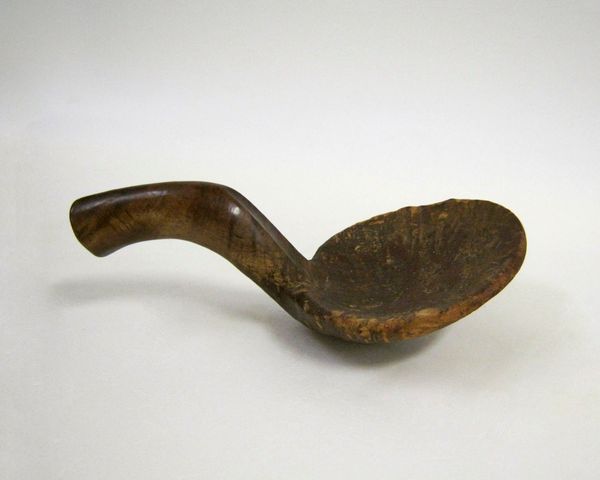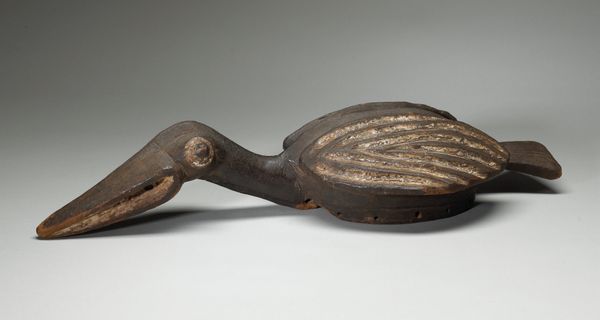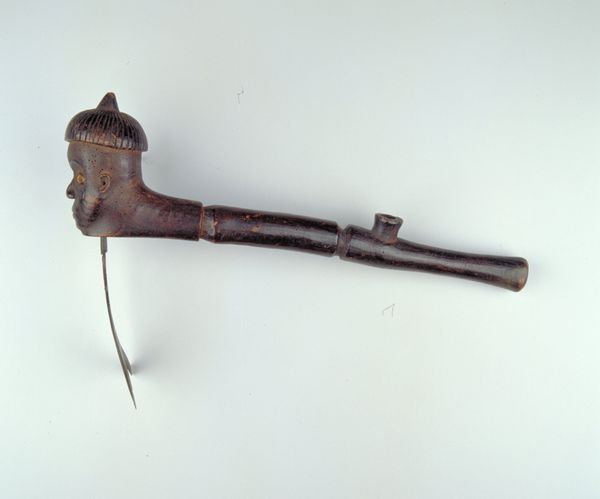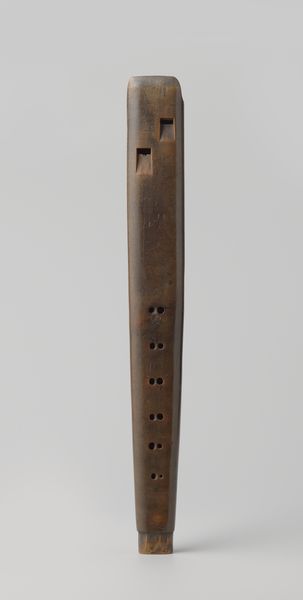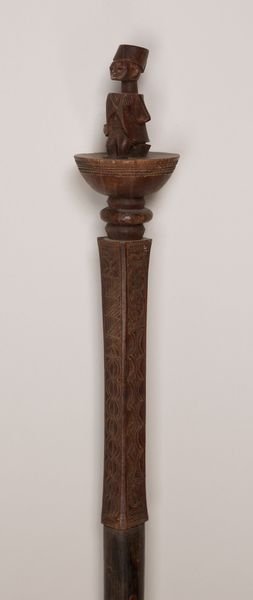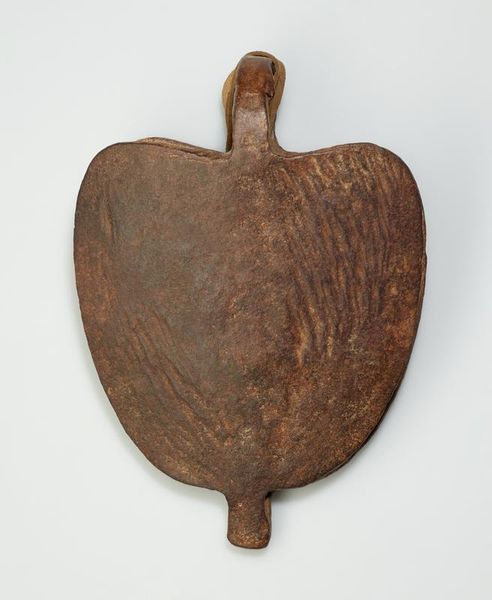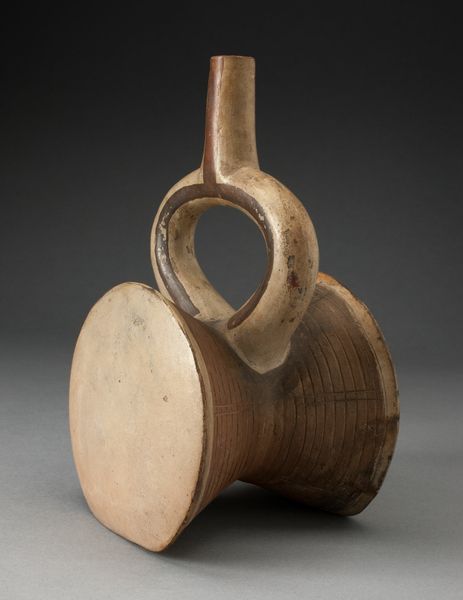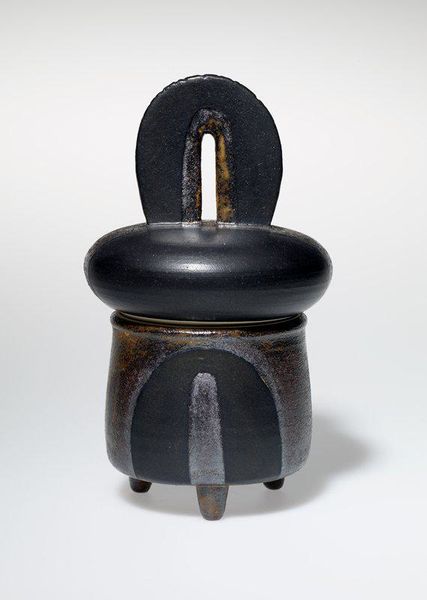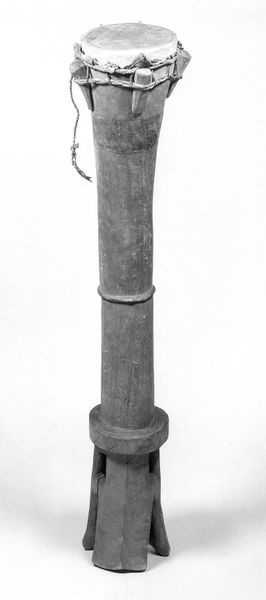
sculpture, wood
#
portrait
#
head
#
geometric
#
sculpture
#
abstraction
#
wood
#
modernism
Copyright: Public domain US
Curator: Standing before us is Constantin Brancusi's "Head," a captivating wooden sculpture carved in 1920. It’s currently held here at the Tate Modern. Editor: It’s strikingly minimalist. The warm wood and simple geometric forms…it almost has a primitive, mask-like presence. Curator: Masks hold fascinating cultural resonance. Brancusi, while engaging with Western Modernism, also admired the directness and spiritual essence found in folk art and non-Western sculpture. He was looking for universal forms. Editor: Do you think it reflects something of the social climate after the First World War? The brutal disruption…maybe a turning away from ornate art towards something simpler, more foundational. Curator: Absolutely. The war forced a confrontation with the raw and fundamental aspects of human existence. There’s a turn inward, a questioning of inherited values. The abstraction becomes a way to express essential qualities— stripping away what felt superfluous after that trauma. Editor: And perhaps those clean lines signify a search for a new social and personal order…the geometric becomes a kind of symbolic architecture. There's this push and pull I detect, both simplification and search. Curator: Precisely. Consider also the symbolism inherent in the choice of wood as a medium—connecting the artwork to nature, life cycles, and the very act of carving becomes performative, embedded with meaning. Editor: The wood grain is almost a roadmap...suggesting layers of history embedded in the material itself. We see history, change, and the passage of time etched within. Curator: In its very pared-down essence, "Head" seems to reflect our perpetual impulse to question, strip down, rebuild. Editor: Indeed. It invites us into an extended dialogue, questioning who we were, are, and want to be through pure, honest materiality.
Comments
No comments
Be the first to comment and join the conversation on the ultimate creative platform.

